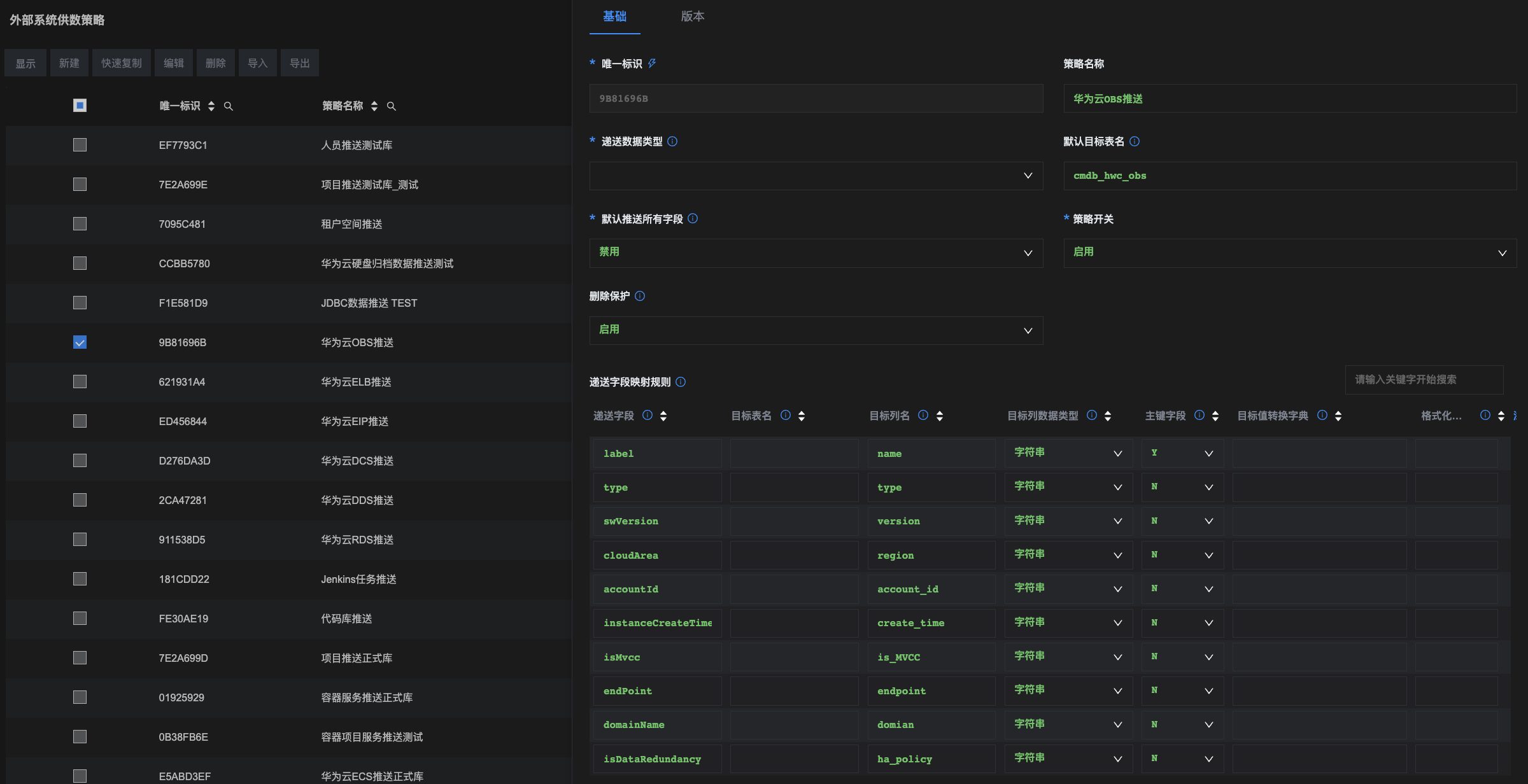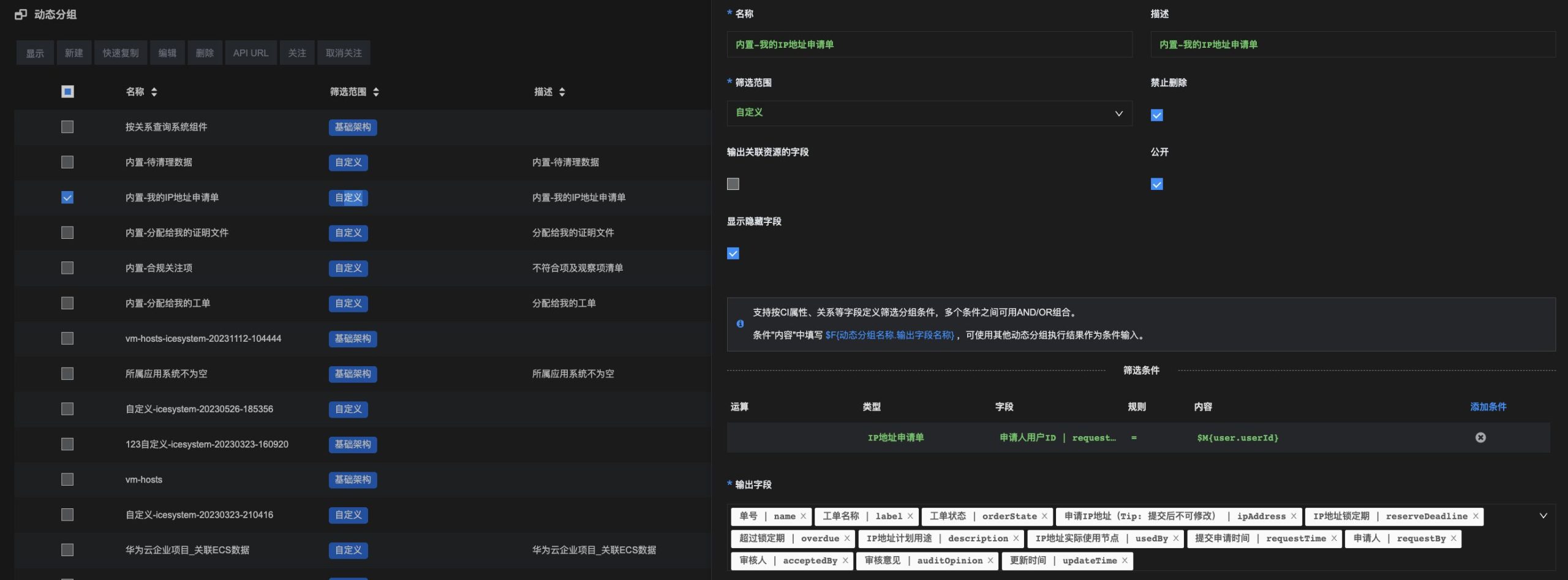Service Overview
The next generation CMDB platform positions itself as the "Data Engine" of IT operations management systems. To maximize its engine capabilities, the platform delivers robust standard service features that provide targeted resource configurations and graph intelligence to third-party tools, effectively enabling cross-tool data fluidity.
Service Modes
The platform implements dual service architectures - "Reactive" and "Proactive":
-
Reactive Mode: Industry-standard Northbound API interfaces allowing third-party tools to request resource configurations and graph data on demand.
-
Proactive Mode: Beyond conventional APIs, the platform introduces the "Data Delivery" initiative. When API customization isn't feasible, we actively push required data to designated endpoints (APIs, databases, or files) following third-party specifications.
Platform Capabilities
Data Delivery
This signature feature enables data flow across third-party O&M tools. For teams using open-source solutions lacking native integrations, our platform eliminates custom development costs through:
-
Open-Source Tool Integration: Pre-built connectors for Zabbix, Ansible, etc., with template-based rapid deployment for new tools.
-
External Database Sync: Flexible data pushing to any external database table through standardized policies.
-
Internal Logical DB Sync: Seamless synchronization between core/production/test databases through configurable replication tasks.

Dynamic Grouping + Federated Data
Dynamic Grouping provides multi-dimensional filtering of CMDB resources through custom field-based criteria. Federated Data enables real-time aggregation of external datasets (alerts, tickets, etc.) from predefined sources.
Both capabilities support dual delivery methods:
-
Reactive: Secure RESTful API endpoints for on-demand access
-
Proactive: Integration with Data Delivery workflows for automated pushing

API Services
Beyond specialized features, the platform offers secure and flexible REST APIs with a model-decoupled design:
- Automatic adaptation to schema changes without code modifications
- Simple parameter adjustments maintain compatibility during field/relationship updates
- Supports granular CRUD operations through standardized HTTP methods

